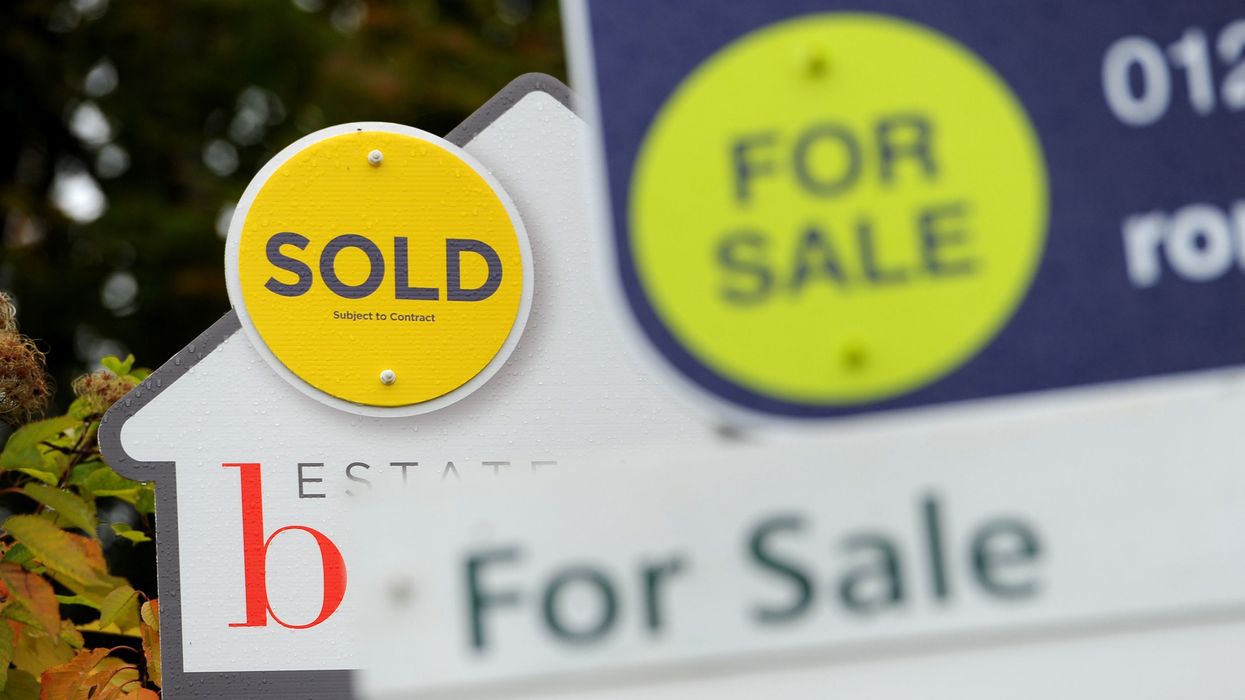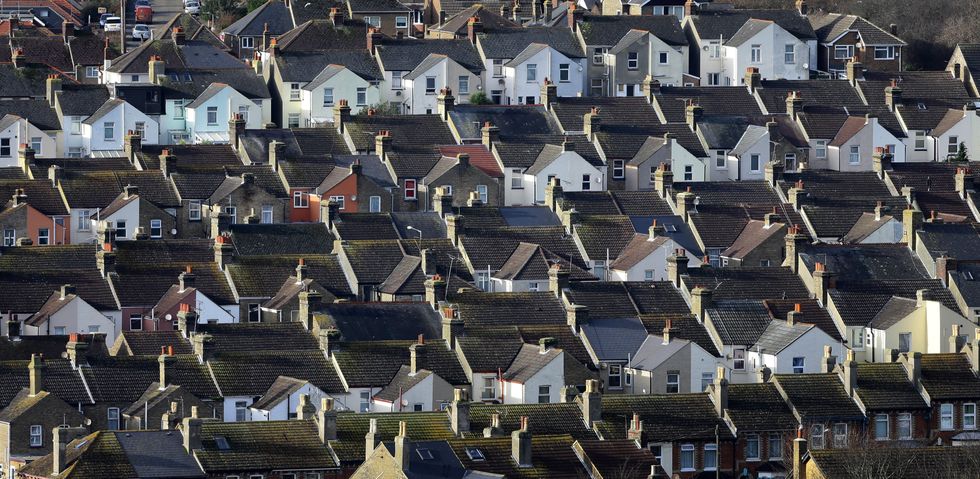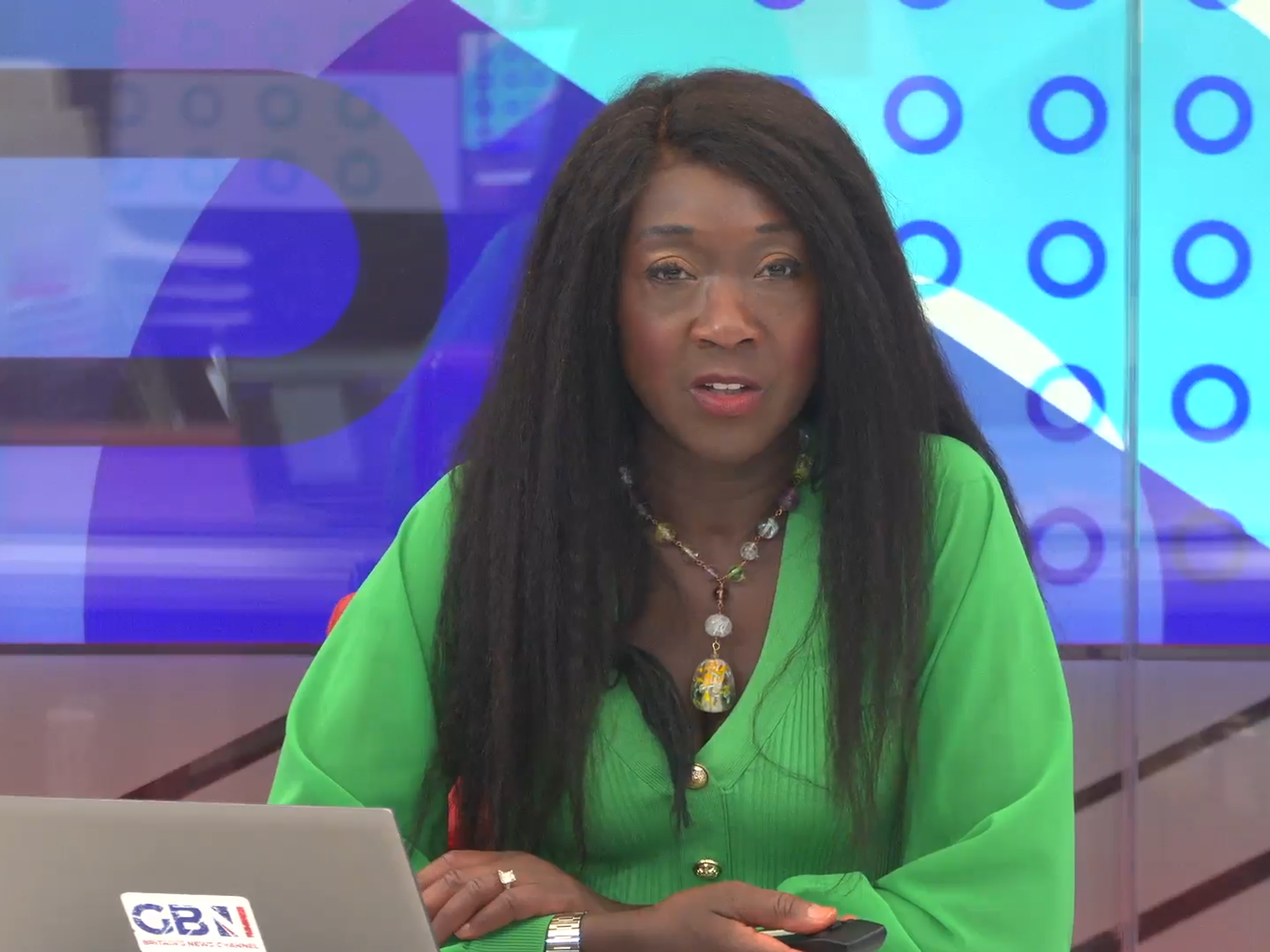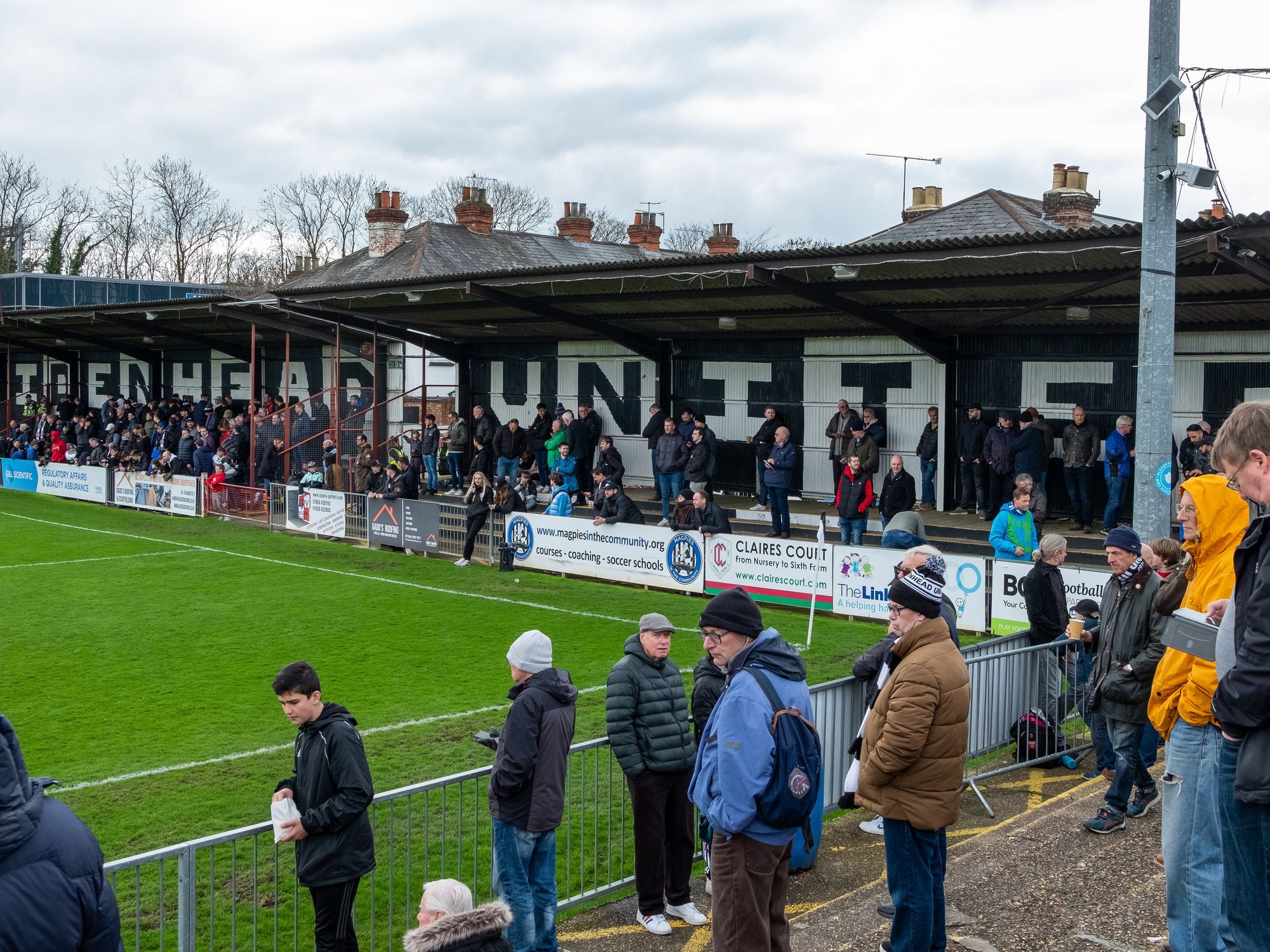Homes ‘more affordable but borrowers stretched’ as mortgage costs soar

The house-price-to-income ratio has fallen back sharply, according to new analysis
|PA

Inverclyde in Scotland has been named the most affordable place to buy a property in the UK
Don't Miss
Most Read
The house-price-to-income ratio has fallen back sharply, as house prices have dropped while average earnings have risen, according to new analysis.
Mortgage lender Halifax said the cost of a typical UK home is now 6.7 times average earnings, down from a peak of 7.3 last summer.
However, it warned it’s still higher than the 6.2 earnings ratio seen in early 2020, and soaring mortgage rates mean housing affordability remains stretched.
The typical UK house price has fallen from £293,586 to £286,276 last summer, while average earnings have risen from £40,196 to £43,090 due to strong wage growth amid the cost of living crisis, the bank’s figures show.

Halifax said prospective home buyers would welcome the narrowing gap between house prices and incomes
|PA
Halifax said while prospective home buyers would welcome the narrowing gap between house prices and incomes, improvement in the overall affordability of housing costs for owners has been offset by the impact of increasing mortgage rates.
Typical monthly mortgage costs have risen by 22 per cent over the last year, from £1,020 to £1,249, based on the typical monthly cost of a five-year fixed rate loan with a 25-year term and a 25 per cent deposit.
It equates to mortgage costs as a percentage of income soaring from 30 per cent to 35 per cent over the last year.
The monthly cost of a typical mortgage made up 23 per cent of earnings at the start of 2020.
Kim Kinnaird, mortgages director at Halifax, commented: “The sharp rise seen in interest rates over the last year has meant the sums now look very different for both homebuyers and those looking to remortgage.
“Typical monthly mortgage payments are up by around a fifth, which is a big jump at any time, but particularly during a wider cost of living squeeze.
“We should remember the preceding 15 years have been characterised by historically low interest rates.
“Mortgage costs as a proportion of income are now comparable to those seen in 2007, despite the significant rise in house prices seen over the last decade and a half.
“Of course much has changed in the housing market and wider economy since then.
“Banks carry out much tougher affordability checks to make sure borrowers can manage repayments when rates go up, and the average loan-to-value is considerably lower.”
The Bank of England has increased the base rate 14 consecutive times to the current 5.25 per cent as it tries to ease inflation back to the two per cent target.
Amid the rises, mortgage costs have soared recently to 15-year highs, hitting first-time buyers in particular.
LATEST DEVELOPMENTS:
Housing affordability for the typical first-time buyer has improved to 5.4 times average wages, down from 5.8 times last year, but mortgage costs now make up 36 per cent of earnings, up from 30 per cent a year ago.
Ms Kinnaird said: “We don’t yet know what the ‘new normal’ looks like for mortgage rates and house prices over the longer term.
“But we expect the market to rebalance as both buyers and sellers adjust their expectations to reflect higher costs and lower demand.
“It’s likely the gap between average earnings and property prices will narrow over time, which will be welcome news to first-time buyers in particular, especially in areas which could offer better value for money.”
Halifax said Inverclyde in Scotland was the most affordable local area to buy a home in the UK, with a ratio of 2.9.
Meanwhile, Westminster and the City of London are the least affordable local areas to buy a home in the UK, with a ratio of 16.










